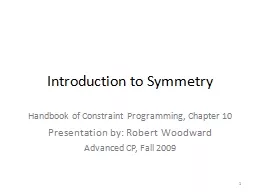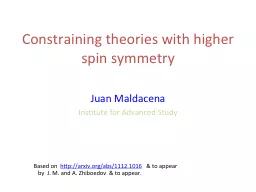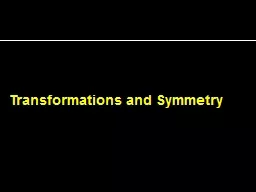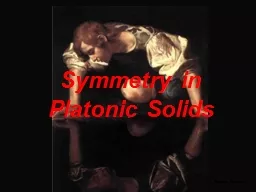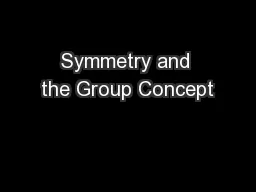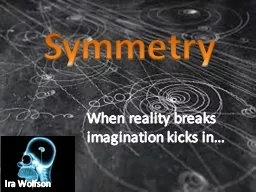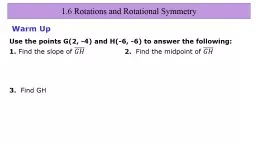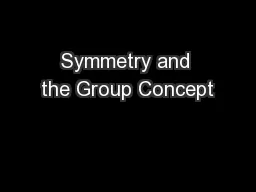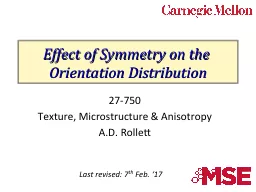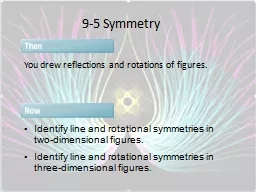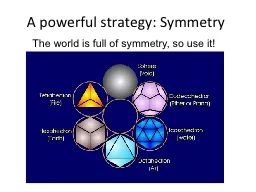PPT-Introduction to Symmetry
Author : karlyn-bohler | Published Date : 2018-03-22
Handbook of Constraint Programming Chapter 10 Presentation by Robert Woodward Advanced CP Fall 2009 1 Overview Introduction Group Theory Cauchy form Cyclic form
Presentation Embed Code
Download Presentation
Download Presentation The PPT/PDF document "Introduction to Symmetry" is the property of its rightful owner. Permission is granted to download and print the materials on this website for personal, non-commercial use only, and to display it on your personal computer provided you do not modify the materials and that you retain all copyright notices contained in the materials. By downloading content from our website, you accept the terms of this agreement.
Introduction to Symmetry: Transcript
Download Rules Of Document
"Introduction to Symmetry"The content belongs to its owner. You may download and print it for personal use, without modification, and keep all copyright notices. By downloading, you agree to these terms.
Related Documents

